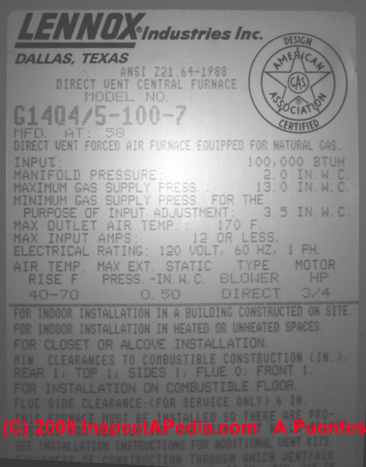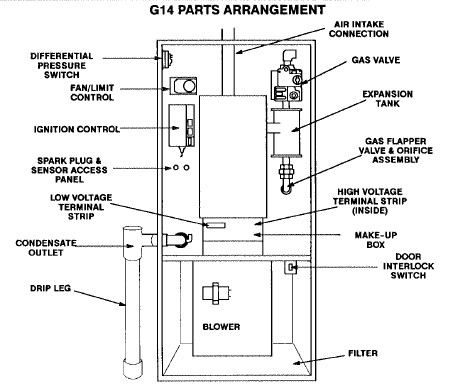
Single-stage furnaces are highly affordable. Check out, below, a breakdown of the pros and cons of single-stage furnaces. But that’s where the advantages of this type of furnace end. However, due to their rudimentary design, they’re also less likely to break. They are the most affordable of the bunch and don’t cost much to repair. So, to maintain a certain temperature, a single-stage furnace constantly powers on and off throughout the day. And when the temperature rises too high it simply switches off for the interior of your home to cool.
Lennox furnace parts by model number full#
Therefore, a single-stage furnace, when on, is always at full power. This type of furnace has only the on and off settings, and no variation of temperature. This synergy of the thermostat and furnace ensures that the interior temperature remains consistent. This is the part of the system that heats up either oil or gas (more on the fuels later) and then distributes this heated compound throughout the house via a ventilation system.Ī thermostat detects whether the temperature rises or falls and sends the signal to the furnace to either heat or cool.



The cornerstone of your house’s heating system is the furnace. This article seeks to turn back the curtain on furnaces, helping you understand the different types and which one would be ideal for you. With a range of furnace types as well as different fuel sources for furnaces, it might be daunting to figure out the perfect one for you. Winter is coming! And with the cold comes the need to keep your home warm while remaining energy efficient.


 0 kommentar(er)
0 kommentar(er)
